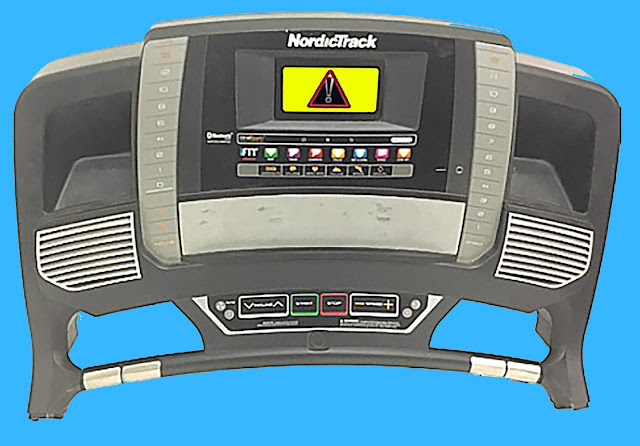iFit Video: A Perpetual Buffering Marathon with No Finish Line
It's now mid-2023. In the twilight of 2018, I welcomed home my shiny new Nordic Track 1750 Commercial treadmill, expecting it to be a trusty companion in my fitness journey. Its early days with me were pleasant and seamless. However, even from the beginning, it was clear that the machine's console was trapped in a bygone era of 2015 Android technology - a 7 inch tablet could only handle a 2.4Ghz WiFi connection, making it feel like a relic of the past.
Being tech-savvy, I wasn't deterred. After all, I was well-equipped with a robust Gigabit Fiber and a SuperPod Mesh WiFi system. My iPhone, at that time, boasted over 300Mbs at the treadmill's location, while the treadmill only required a modest 20-30Mbs. All seemed good. Oh, how wrong I was!
Smooth sailing lasted for a fleeting three months. Then, an update from iFit made its way into the system. From that point on, my exercise sessions became a battle with buffering. A minute or three into my run, the video would stop, a message would appear that playback is paused and will resume once it downloads another "60 seconds" of video. Alas, five minutes...fifteen minutes...forty-five minutes would pass, but the treadmill would still be caught in its endless buffering cycle.
My workouts would be unceremoniously cut short, followed by a tedious process of switching off the treadmill's power for a hard reboot - the only temporary fix. Upon reboot, it was a toss-up whether the treadmill would recognize my half-completed workout or forget it entirely.
I decided to up the ante and added an additional Plume SuperPod just five feet away. With my iPhone now registering 450Mbs at the treadmill's location, I was hopeful that the iFit video would finally play smoothly. My optimism, however, was short-lived.
Even numerous calls to iFit and multiple tech support sessions with remote video access failed to remedy the issue. Tests revealed that the internal connection speed was only 30Mbs - half of what other 2.4 devices were getting, but well over what iFit said it needed. The problem persisted: the video would buffer, never to recover, unless I performed a hard reboot.
Consequently, I was forced to revert to manual workouts for several weeks. I was sure that WiFi interference wasn't the culprit as there was minimal activity in the house, and we had no significant WiFi interference from neighbors.
I surmised that the primary offender was iFit's video servers. This explained why the video never recovered even when paused - it was as if my treadmill was invisible to the server. It was intriguing that the system could initially download over a minute of video in a blink of an eye (3-4 seconds), but it failed to maintain the pace - a clear flaw in their server-client architecture.
Miraculously, after enduring this digital drama for 4-5 months, an iFit software update improved the situation. The buffering incidents decreased gradually over time, but by mid-2023, it returned with a vengeance. Despite a whopping 500Mbs download speed on my iPhone 12 when tested at the location of the treadmill, the video on the built in device could not keep up beyond the initial couple of minutes.
My experience led me to a stern verdict: Steer clear of iFit and Nordic Track treadmills. There's even chatter of a class action lawsuit against iFit for this persistent buffering issue, adding weight to my word of caution.




Comments
Post a Comment